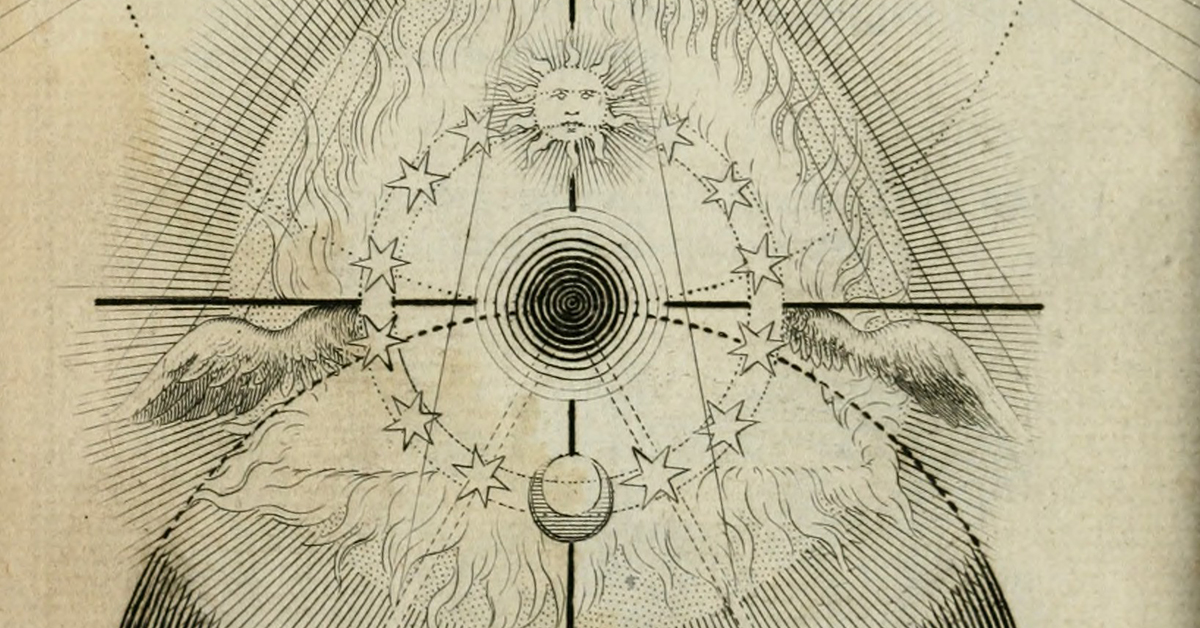
by Jamie Callison
Ask for a description of a mystic or a follower of mysticism, and you might be greeted with a portrait of an otherworldly recluse speaking in riddles and perhaps evincing some unusual physical symptoms like those found in the recent Netflix movie The Wonder starring Florence Pugh. Yet mysticism seems to have been everywhere in the age of modernism (roughly 1890-1950) and was not by any means unusual or idiosyncratic. A full-text search of the Modernist Journal Project, for instance, produces somewhere around 1200 returns for the terms mystic and mysticism, even though few of the journals included in the database evince much interest in religious culture.
Popularity nevertheless brought its own problems. ‘I loathe the word mystic – it might mean anything’, the modernist artist and poet David Jones complained to a friend in 1927. The ubiquity of mysticism owed much to the slipperiness of definition. To the Jesuit priest Martin D’Arcy writing in 1931, mysticism united ‘under one heading the strongly-felt beliefs of the churchgoer, the emotions felt by sensitive souls in the presence of sublime natural beauty, vivid and passionate faith, and the mystic states of’ various poets and saints. Mysticism in this context anticipates the popular terms of our own age: spiritual or spirituality as in ‘I’m spiritual but not religious’ so prominent now in sociological surveys about religious attitudes. The complicating factor here is that unchurched mysticism not only amounted to a turn away from organised religion, but also a stimulus to religious change in Christian practice in the era and beyond.
Drawing on D’Arcy’s observation, here are five types of mysticism prominent in the age of modernism:
1. Occult Mysticism

Groups like the Hermetic Order of the Golden Dawn – which at various times included Aleister Crowley, A. E. Waite, Charles Williams, Evelyn Underhill, and W. B. Yeats on its membership roster – drew on occult texts and developed rituals to inculcate mystical knowledge. Other groups followed suit. While the texts and rituals used varied from group to group, these experiments were united by their opposition to the religious orthodoxy of the day, namely institutional Christianity.
2. Psychological Mysticism

Mysticism was a staging ground for the conflict between science and religion. Jean-Martin Charcot, famous for the diagnostic criteria he established for hysteria, and other medical doctors diagnosed as forms of psychological illness both contemporary and historical examples of mysticism. Alternative approaches within the nascent study of the psychology of religion such as Frederic W. H. Myers’s notion of the subliminal mind sought to identify a form of mystical consciousness that opened out onto new ways of seeing the world and enriched our understanding of what it is to be human.
3. Aesthetic Mysticism
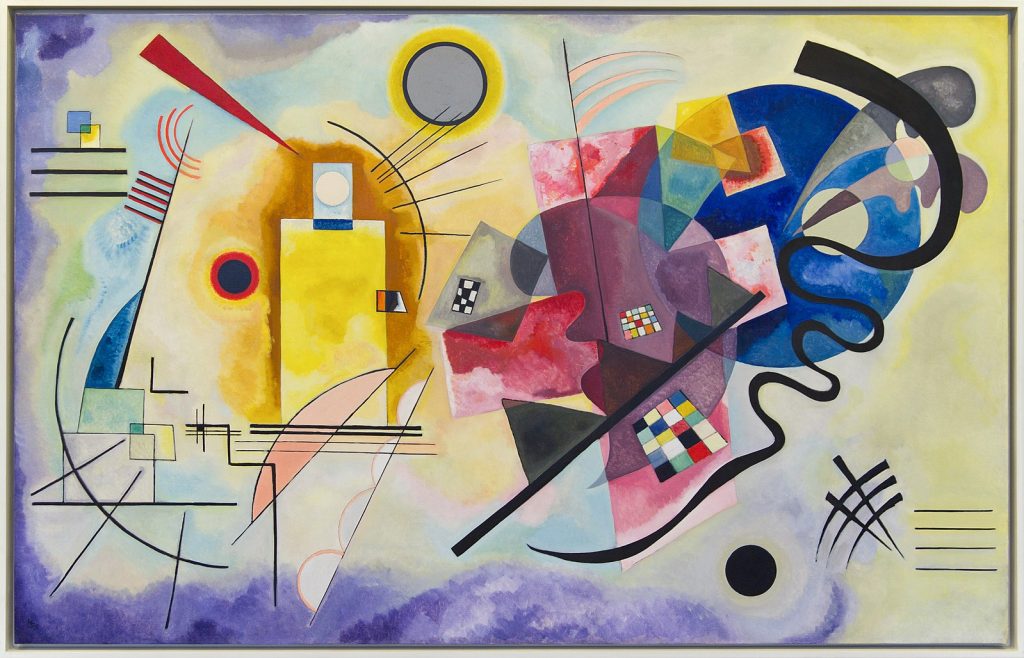
In largely secular societies, art often fulfils the role once played by religion. Non-representational art – whether that be music, painting or poetry – generates the powerful emotions and invokes the complex truths that had once been the preserve of religion and without which secular societies would be diminished. The cultural significance of these arts gives rise to critical efforts to explore and understand what happens in them and in so doing these theoretical accounts often make use of vocabulary formerly reserved to religion. Wassily Kandinsky’s exploration of the ‘spiritual’ power of certain colours and scholarly fascination with modernist epiphanies are among the most prominent examples.
4. Primitive Mysticism

Early twentieth-century anthropology was fascinated by the energy of what it considered ‘primitive’ religions. Modernist texts like T. S. Eliot’s The Waste Land, Pablo Picasso’s The Women of Avignon, and Igor Stravinsky’s The Rite of Spring attempted to channel the religious intensities of non-western and indigenous religions that had been obscured in Victorian Christianity, so the argument ran, by accumulated layers of cultivation and politeness.
5. Orthodox Mysticism
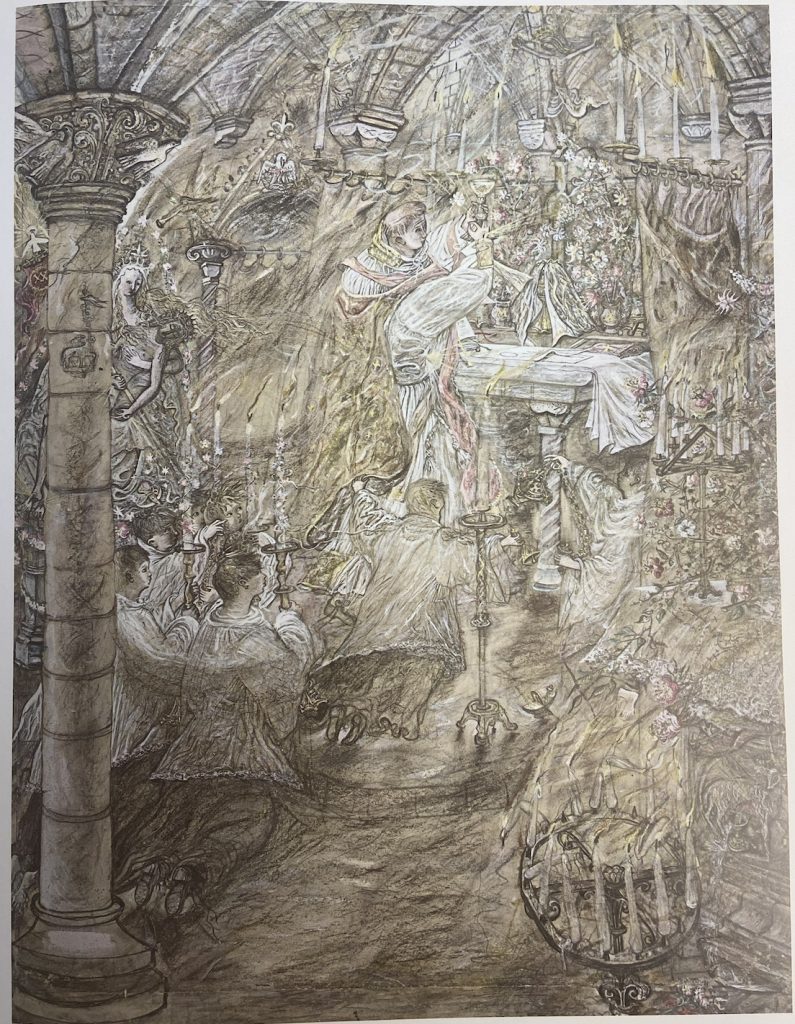
Religious elites in the age of modernism were aware of this growing fascination with mysticism, recognising both the dangers and the opportunities it posed. Numerous studies of ‘Christian Mysticism’ appeared at and around the turn of the twentieth century in response to the broader, non-denominational notion of mysticism that had concerned Evelyn Underhill in her bestseller, Mysticism: A Study in the Nature and Development of Man’s Spiritual Consciousness (1911). At times, this way of writing about mysticism draws borders and boundaries around what it considers the true and proper mysticism. Elsewhere, however, the attempt to incorporate unchurched mysticism within Christian tradition produces evocative and surprising bricolages. David Jones, for instance, spent much of his life attempting to produce paintings and poems reflecting on the Roman Catholic Mass in ways that drew upon aesthetic and primitive mysticisms.
About the author
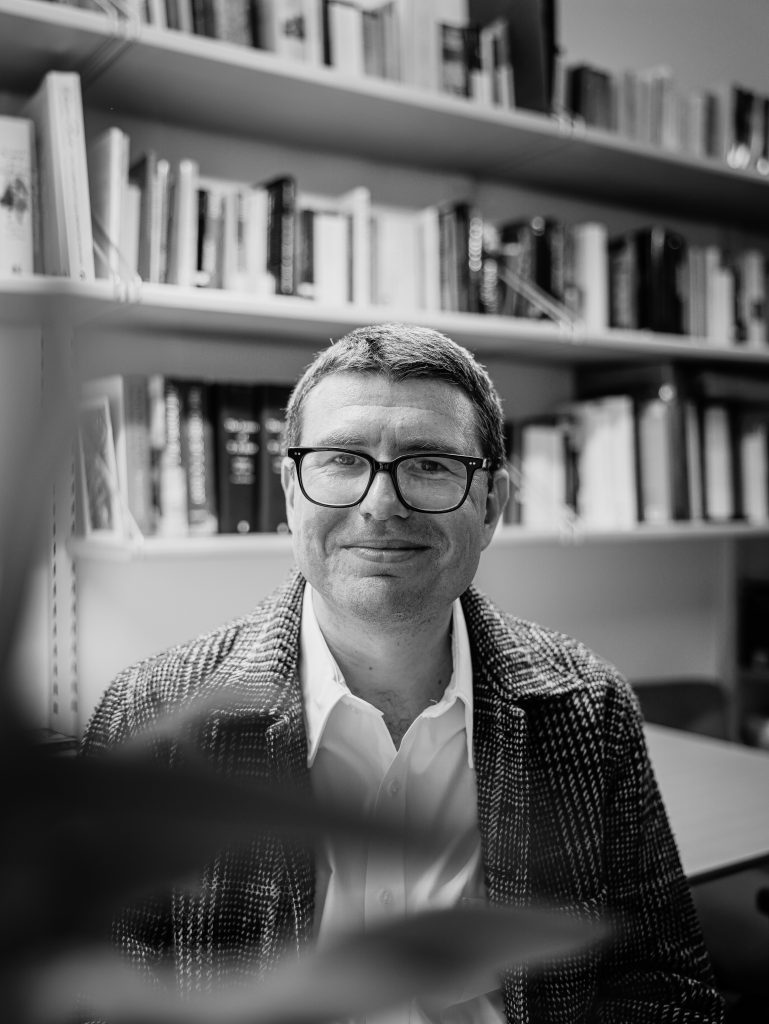
Jamie Callison is an Associate Professor of English Literature at the University of Agder in Kristiansand, Norway, where he teaches courses on poetry and poetics, global anglophone modernism, and literature and religion. His articles on T. S. Eliot, David Jones and twentieth-century religious culture have appeared in journals such as ELH, Literature and Theology and Modernist Cultures. He has published (with Thomas Goldpaugh) a critical edition of a previously unpublished book-length poem by David Jones entitled The Grail Mass (Bloomsbury Academic, 2018; paperback: 2022) and Modernism and Religion: Between Mysticism and Orthodoxy includes one of the first extended readings of this new text.
About the book
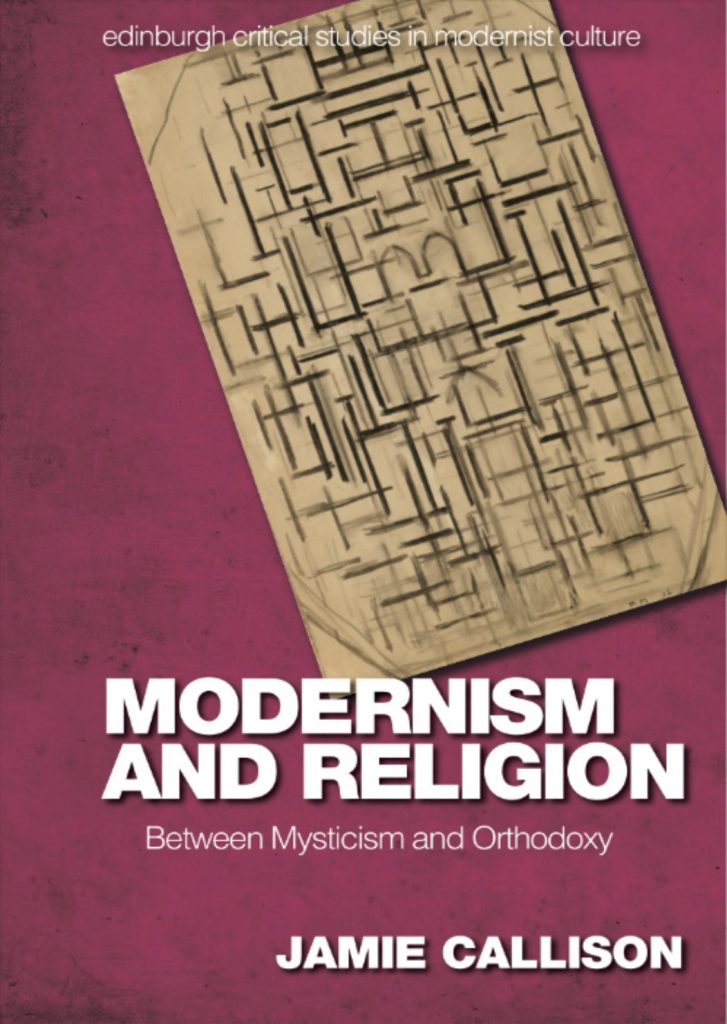
You can read more about the relationship between literature and religious culture in the age of modernism in Jamie Callison’s new monograph Modernism and Religion: Between Mysticism and Orthodoxy, which is published in the Edinburgh Critical Studies in Modernist Culture series. More information about the book is available on the EUP website and on the book’s standalone webpage, which includes various accounts of the book’s major concerns and related teaching materials.
Watch Jamie discuss what drew him to the poems addressed in the book and the significance of religion for thinking about modernism more generally here.
Don’t forget to sign up to our mailing list to keep up to date with all of our free content and latest releases!


